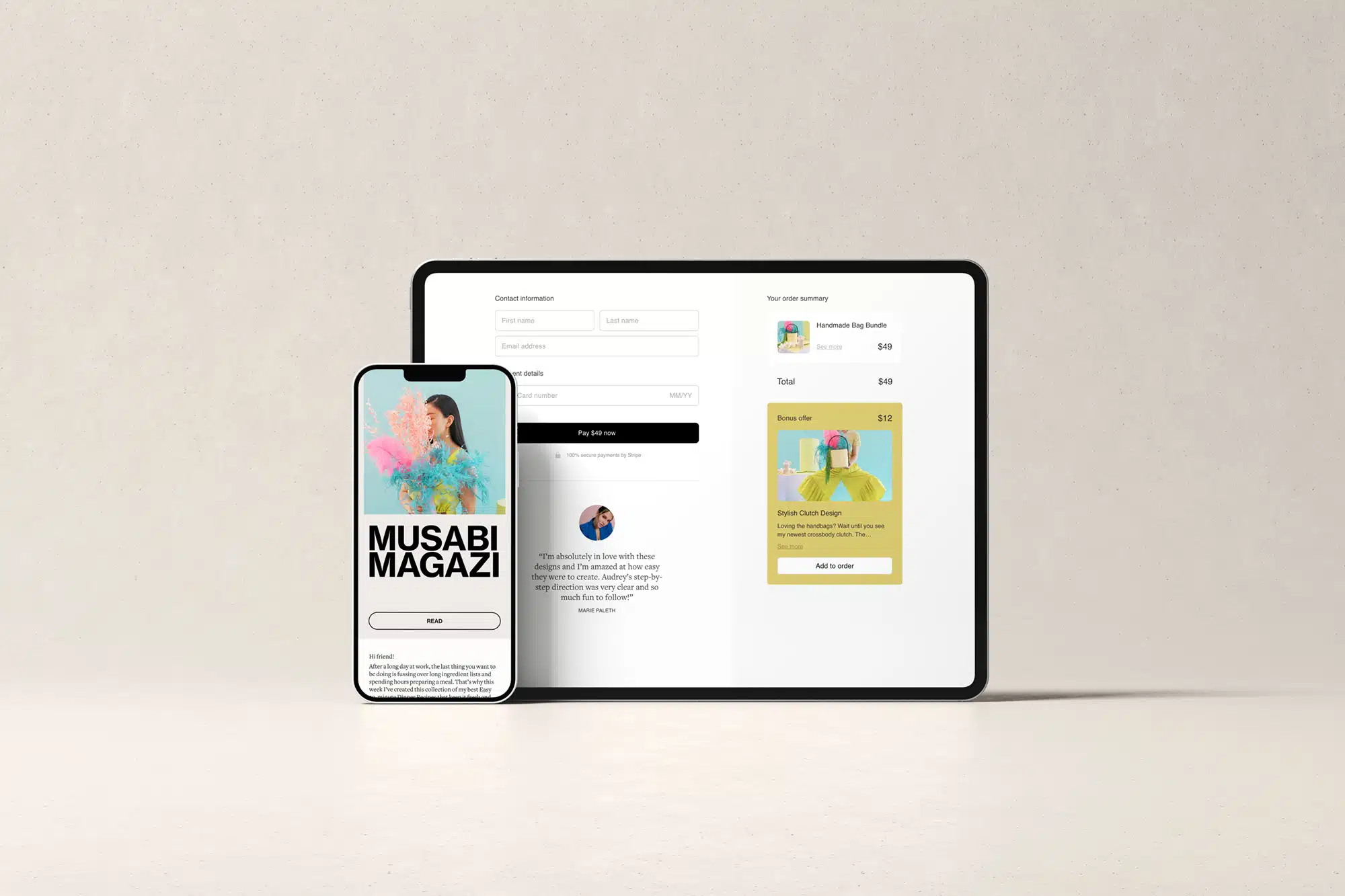For small brands, email marketing isn’t just a way to promote products — it’s a lifeline for building relationships. The right email tool helps you talk to your audience like a person, not a sales robot. It’s how a handmade candle business keeps loyal buyers coming back, or how a local clothing brand keeps its followers updated on limited drops.
But choosing the right email platform can feel overwhelming. Big names like Klaviyo, Mailchimp, and HubSpot dominate the conversation, yet many small brands are quietly switching to newer, more flexible tools that better match their budgets and goals. These tools are proving that you don’t need enterprise-level software to run smart, automated, and personalized campaigns. If you’re searching for the best Klaviyo alternatives, here’s a closer look at what small brands are actually using — and why.
Why Small Brands Are Rethinking Email Tools
Klaviyo is powerful, but it’s not cheap. Many small teams find themselves paying for features they don’t need or struggling with pricing that grows faster than their subscriber list. On top of that, the learning curve can be steep, especially if you’re juggling everything from customer service to product packaging.
That’s why smaller, more focused email tools are winning attention. They’re easier to use, more affordable, and often come with automation features that feel tailored to small-business realities — like quick setup templates, clear analytics, and built-in integrations with platforms such as Shopify, Etsy, or WooCommerce.
The Rise of User-Friendly Automation
Automation used to sound intimidating — like something only big companies could manage. But newer email tools make it simple. Small business owners can now create welcome sequences, abandoned cart reminders, and seasonal campaigns in a few clicks.
Modern tools help brands segment audiences based on behavior: who opens emails, what they click, or which products they browse. This makes it possible to send more relevant messages — and avoid spamming everyone with the same content. Emails with personalized subject lines get opened about 26% more often than those without personalization.
Best Klaviyo Alternatives Small Brands Are Talking About
Here are a few of the newer or lesser-known platforms that have become go-to choices for small teams who want power without the hassle.
- Omnisend
Omnisend is often mentioned as one of the best Klaviyo alternatives, especially for eCommerce brands. It’s built for small businesses that sell online and want to combine email, SMS, and push notifications in one place.
Its pre-built automation workflows are perfect for anyone short on time — welcome series, cart recovery, post-purchase messages — all ready to go. The interface feels clean, and you can set up campaigns quickly without needing a marketing background. The free plan is generous, and scaling up remains affordable.
- MailerLite
MailerLite has a minimalist vibe that appeals to small creative brands, bloggers, and service-based businesses. It’s simple to use but still offers advanced features like automation, A/B testing, and landing page creation.
The drag-and-drop editor makes designing emails quick, even for non-designers. Its analytics are easy to understand, and its pricing is friendly to small budgets. For many independent brands, MailerLite strikes the right balance between control and simplicity.
- Moosend
Moosend focuses on automation done right. It’s ideal for small to mid-sized businesses that want data-driven insights without paying enterprise prices. You can segment audiences based on behavior, use detailed triggers for follow-up emails, and even integrate with eCommerce tools like Shopify or WooCommerce.
One standout feature is its AI-powered product recommendations, which can help increase sales without extra effort. For a small shop with limited marketing time, that kind of smart automation makes a real difference.
- ConvertKit
Originally designed for creators, ConvertKit has expanded to serve small brands, too. It’s great for businesses that focus on storytelling — artists, coaches, writers, or niche product makers who rely on loyal audiences.
ConvertKit’s automation is more about nurturing than hard selling. You can build personalized paths based on how people interact with your emails — for instance, subscribers who click a certain link can get added to a more targeted sequence. The platform’s visual editor makes this easy to map out.
- Brevo (formerly Sendinblue)
Brevo stands out for combining email, SMS, and even chat marketing in one dashboard. It’s a strong fit for small businesses that need versatility without managing multiple apps. Its pay-as-you-go model helps teams stay in control of costs, and its automation tools cover everything from follow-ups to event reminders.
What Small Brands Really Want
After talking to many small business owners, a few themes come up again and again:
- Affordability: They want pricing that grows fairly with their subscriber count.
- Ease of use: The tool should make sense at first glance.
- Personal touch: Automation should feel natural, not robotic.
- Support: Quick help when things get confusing.
These factors matter more than having hundreds of complex features. A small candle brand doesn’t need enterprise-level segmentation — it needs to keep customers informed about restocks and share stories that keep them connected.
Finding the Right Fit
There’s no one-size-fits-all email platform. What works for a fashion boutique might not work for a podcast host or an artist selling prints. But one thing is clear: small brands are becoming more intentional about their tools.
They’re looking for email software that fits their scale, helps them stay consistent, and feels like an extension of their own voice. Tools like Omnisend, MailerLite, Moosend, ConvertKit, and Brevo show that automation and personalization don’t have to be complicated or expensive.

 Entertainment3 months ago
Entertainment3 months ago
 Entertainment3 months ago
Entertainment3 months ago
 Celebrity2 months ago
Celebrity2 months ago
 Celebrity2 months ago
Celebrity2 months ago
















